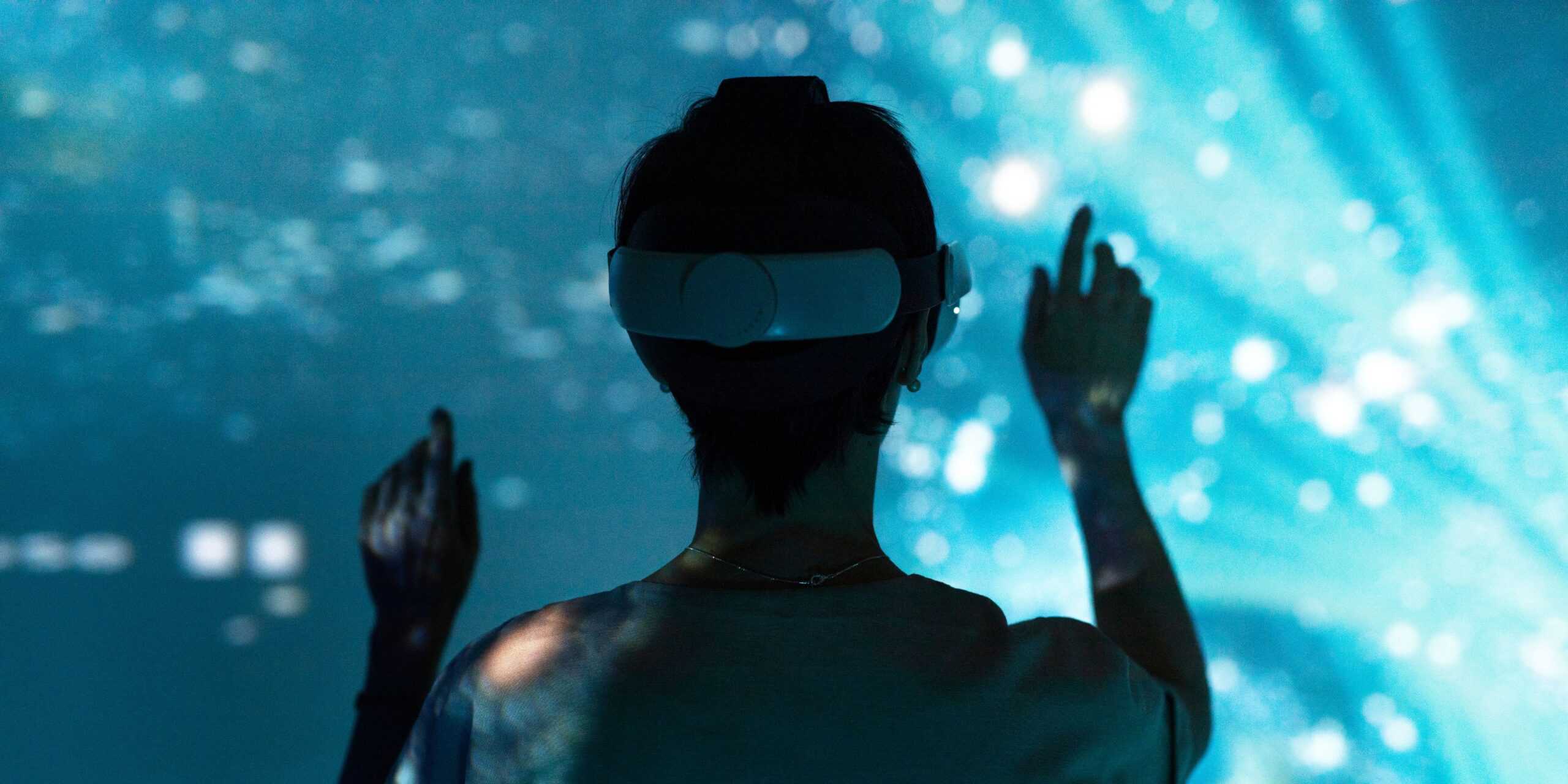 March 14, 2025 by jeremy |
3d live streamingaugmented realitybroadcastingeducationentertainmentgaminghealthcareimmersive experiencesinteractive contentVirtual live streamingvirtual productionvirtual reality
March 14, 2025 by jeremy |
3d live streamingaugmented realitybroadcastingeducationentertainmentgaminghealthcareimmersive experiencesinteractive contentVirtual live streamingvirtual productionvirtual realityAs we step into 2024, the world of live shows is on the brink of a big shift with 3D & virtual tech. This mix of deep dives & live shows is changing how we view & use content, making new paths for makers, show hosts, & fans too.
The Rise of 3D Live Streaming
3D live shows are now key in the world of web fun. This tech lets folks feel events, acts, & fun bids in three depths, making them seem real, a stride ahead of old flat shows. The live shows of top-notch 3D pics can go from games to lab work, drawing in folks with new depth & real feel.
3D Live Streaming Services
Now, some hubs give tools for 3D live shows, liking all sorts of jobs & needs. These tools use top grab tech & odd media tools to blend & send clips, making a smooth 3D show feed with small wait. This leap lets us put on real-like 3D pics in full clear view at 60 pics per beat, marking a new norm for live clip flow.
Applications in 2024
In 2024, 3D live streaming is finding applications across multiple sectors:
- Entertainment: Concerts, sports events, and theatrical performances are being broadcast in 3D, allowing remote audiences to feel as if they’re present at the venue.
- Education: Universities and educational institutions are using 3D live streaming for immersive learning experiences, particularly in fields like anatomy, engineering, and astronomy.
- Healthcare: Medical procedures and consultations are being conducted remotely with 3D visualization, enhancing telemedicine capabilities.
- Gaming: The gaming industry has embraced 3D live streaming, offering viewers a more engaging way to watch gameplay and esports tournaments.
Virtual Live Streaming: The Next Frontier
Live streams go deep into the fake world for real-time chats. They mix bits of VR, AR, & live shows to make cool, fun talks.
Virtual Production and Broadcasting
Mixing game tech like Unreal Engine with live show work has changed fake sets & TV art. These bits help make real-look 3D spots that can shift while on air. This tech is great for news rooms, talk shows, & films. It saves cash & gives more ways to change than old, real sets.
Virtual Reality Streaming

VR streaming is gaining traction as VR headsets become more accessible and powerful. Platforms like Bigscreen allow users to watch content on virtual cinema screens, recreating the theater experience in a digital space. This technology is not limited to entertainment; it’s also being used for virtual meetings, conferences, and collaborative work environments.
Interactive Elements in Live Streaming
One of the key advantages of 3D and virtual live streaming is the enhanced level of interactivity it offers. Broadcasters can now engage their audience in ways that were previously impossible:
- Real-time audience participation: Viewers can interact with the streamed content, influencing outcomes or participating in live polls and quizzes.
- Virtual meet-and-greets: Fans can have immersive interactions with their favorite celebrities or performers in virtual spaces.
- Customizable viewing experiences: Audiences can choose their preferred camera angles or explore different parts of a virtual environment during a live stream.
Technological Advancements Driving Growth
The rapid evolution of 3D and virtual live streaming is supported by several technological advancements:
- Improved bandwidth: Higher internet speeds and the rollout of 5G networks are making it possible to stream high-quality 3D content with minimal latency.
- Advanced compression algorithms: New compression techniques are reducing the file sizes of 3D and VR content, making it more accessible to a broader audience.
- Powerful hardware: The increasing power of consumer-grade devices is enabling more people to create and consume 3D and virtual content.
Challenges and Future Outlook
Despite the exciting possibilities, 3D and virtual live streaming face some challenges:
- Hardware requirements: High-quality 3D and VR experiences often require specialized equipment, which can be a barrier to entry for some users.
- Content creation complexity: Producing 3D and virtual content requires specialized skills and tools, which can be costly and time-consuming.
- Bandwidth limitations: While improving, internet infrastructure in many areas may still struggle with the demands of high-quality 3D streaming.
However, as technology continues to advance and become more accessible, these challenges are likely to diminish. The future of 3D and virtual live streaming looks promising, with potential applications extending beyond entertainment into fields like education, healthcare, and professional collaboration.
Conclusion
As we move further into 2024, 3D and virtual live streaming are set to redefine how we experience digital content. From immersive entertainment to revolutionary educational tools, these technologies are opening up new frontiers in human interaction and communication. While challenges remain, the rapid pace of technological advancement suggests that 3D and virtual live streaming will play an increasingly significant role in our digital lives.
The convergence of 3D imaging, virtual reality, and live streaming is creating a new paradigm in content delivery and consumption. As these technologies continue to evolve and become more accessible, we can expect to see even more innovative applications emerge, further blurring the lines between the physical and digital worlds. The future of live streaming is not just about watching; it’s about experiencing, interacting, and being truly present in the moment, regardless of physical distance.
